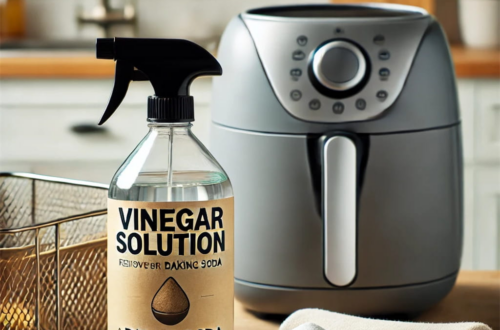Mastering Custom Metal Welding: Techniques, Tips, and Best Practices
# Mastering Custom Metal Welding: Techniques, Tips, and Best Practices
**H2: Introduction to Custom Metal Welding**
Custom metal welding is a specialized fabrication process used to join metal parts according to unique design specifications. Unlike standard welding, it demands a higher level of skill and precision to create strong, durable, and often complex structures. This guide will walk you through essential techniques and industry best practices to help you master this craft.
**H2: Essential Welding Techniques for Custom Projects**
**H3: Gas Metal Arc Welding (GMAW/MIG)**
MIG welding is highly favored in custom metal welding for its versatility and speed. It uses a continuous wire feed as an electrode and shielding gas, making it ideal for various metals and thicknesses common in bespoke projects.
**H3: Tungsten Inert Gas (TIG) Welding**
For projects requiring superior precision and clean finishes, TIG welding is unmatched. It offers exceptional control over the weld, making it perfect for intricate designs on metals like stainless steel and aluminum.
**H3: Shielded Metal Arc Welding (SMAW/Stick)**
Stick welding is a robust, portable method effective in outdoor conditions or on rusty metals. While less precise for fine detail work, it’s a fundamental technique for many heavy-duty custom fabrications.
**H2: Pro Tips for Superior Welding Results**
Achieving flawless results in custom metal welding hinges on preparation and technique. Always ensure metal surfaces are impeccably clean—free of rust, oil, and debris. Proper fit-up of parts before welding is critical to prevent gaps and misalignment. Consistently practice controlling your travel speed and heat input to avoid defects like warping or burn-through. Using the correct filler material for the base metal is non-negotiable for weld integrity.
**H2: Best Practices for Safety and Quality**
Prioritize safety by always wearing appropriate Personal Protective Equipment (PPE): a welding helmet with the correct shade, flame-resistant clothing, gloves, and boots. Work in a well-ventilated area to avoid fume inhalation. For consistent quality, implement a routine of inspecting and maintaining your equipment. Finally, develop a detailed plan for each project, including a sequence of welds to manage heat distribution and minimize distortion.
**H2: Frequently Asked Questions (FAQ)**
**H3: What is the most durable type of weld for custom projects?**
While durability depends on the application and materials, TIG welds are often cited for their high strength and cleanliness, especially on critical joints.
**H3: Can custom metal welding be used for artistic pieces?**
Absolutely. Techniques like TIG welding provide the control needed for detailed artistic metalwork, from sculptures to custom furniture.
**H3: How do I choose the right welding technique?**
The choice depends on the metal type, thickness, desired finish, and project location. MIG is great for general fabrication, while TIG is best for precision.
**H2: Ready to Start Your Project?**
Mastering these techniques and tips will significantly elevate your custom metal welding projects. Whether you’re a seasoned professional or an enthusiastic beginner, continuous practice is key to perfection.
**Need a expert hand?** Contact our specialists today for a consultation on your next custom fabrication challenge

